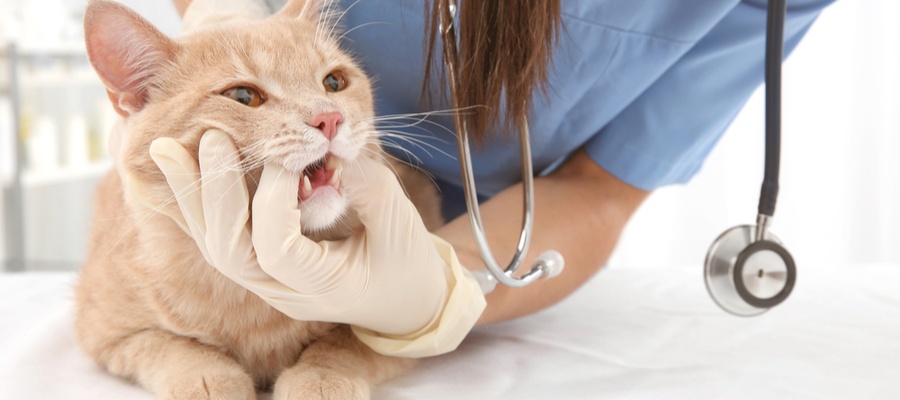Have you felt concerned about your cat's teeth because of her behavior? Have you noticed symptoms such as bleeding, drooling, or foul breath recently? If you're worried your cat has a cavity, think again. Feline cavities are very rare and an unlikely scenario for a domestic cat. What cats do frequently suffer from is a condition called tooth resorption.
Tooth resorption is a painful and prevalent oral disease affecting around 30-40 percent of adult cats. It has become much more common since the 1960s, suggesting that vaccinations, feeding, and/or neutering practices of modern veterinarians could have a connection to the rise in occurrences of the disease.
Spotting Feline Tooth Resorption
Feline tooth resorption is commonly known as FORLs (feline odontoclastic resorptive lesions). What's actually happening in your cat's mouth is uncomfortable and quite painful: it refers to the gradual destruction of a tooth caused by odontoclasts (cells). These cells cause the tooth to decay, usually starting on the outside of a tooth on the gum line. This progressive disease begins with the erosion of the surface layer of the tooth's root and then moves slowly inward to the living connective tissue and cells. Left unchecked, tooth resorption will end with hard, bone-like tissue replacing the tooth.
It may be difficult to spot the signs of tooth resorption in your kitty since adult cats are naturally adapted to hide any signs of pain or weakness. That's why it's essential to keep up with yearly dental visits for your pets, ensuring that a professional is regularly checking on your cat's oral health.
If you think your cat may be suffering from feline tooth resorption, look for these symptoms:
- Excessive drooling
- Bleeding from the mouth
- Difficult eating or loss of appetite
- Vomiting
- Behavior changes
- Bad breath
Treatment
Extraction is the only treatment for feline tooth resorption and should only be done by a licensed veterinarian. A vet can carefully extract your cat's tooth, ensuring that all parts of the tooth are removed. Feline tooth resorption severely weakens teeth, making it tricky to remove them entirely.
A vet will likely take an x-ray to check for fractured tooth fragments before or after the procedure. It is imperative to ensure the full removal of the tooth to prevent infection and further pain for your cat.
Prevention
Yes, you can prevent tooth reabsorption. Daily brushing is always best. However, there are other options such as dental chews, dental water additives, or a special diet that can also help (albeit, not as effective as brushing daily). Talk to your veterinarian during your next visit on what is best for your kitty.
If you have any questions about feline tooth resorption or feline oral health, contact us to learn more.

